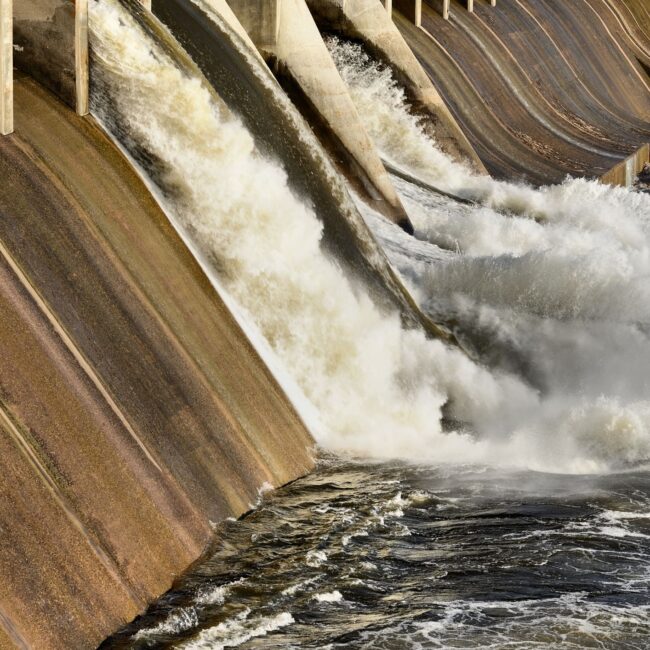
Is Your Water Infrastructure Ready?
Designing Water Infrastructure from Drinking Water Supply, Sewerage Systems to Making River Infrastruture Adapt to the Extremities of Climate Change
For more than 15 years, we’ve been 100% focused on water and wastewater solutions. For our clients, it means expertise and experience that deliver improved performance, minimized risk, and capital reductions—helping you stay ahead of potential issues. For our employees, it means being a part of something that can change lives, and the world we live in.

Improving Adaptation River Engineering
River Mechanics and River Engineering: F&R has a thorough background in the fundamental principles of fluvial river mechanics through understanding of the natural processes of river systems and forces governing water/sediment in complex river systems. Our experience emphasizes river equilibrium, river dynamics, bank stabilization, and fluvial processes/response. Planning and design applications for different river engineering structures to modify the natural river conditions including training works, stabilization, bank revetments, dredging, diversions, cofferdams, channelization, levees and flood control works.
Applied Fluvial Geomorphology: Geomorphology is used by the F&R team as the first step to develop environmentally sensitive and self-sustaining solutions to complex river and wetland management projects. As applied to restoration projects and river and wetland management, geomorphology bridges the gap between hydraulic engineering and ecosystem management. By considering the physical processes that naturally shape channels and wetlands in both tidal and non-tidal environments, the F&R team applies a multi-objective planning and design approach. We integrate geomorphic analysis and applied techniques with accepted engineering principles in all of our planning and design projects.
Fluvial Systems Analysis / Sediment Transport: The dynamic nature of streambed elevation requires developing predictions on the future streambed elevation because of the potential for significant deposition over the service life a public facility. The primary components for long-term change that cause the streambed variation can occur from either general stream aggradation or degradation. F&R is unique in offering a tremendous wealth of experience in the area of sediment transport from work in numerous alluvial streams and rivers in the Southwest involving stream stabilization and long term adjustments. Predicting the single-storm event sediment aggradation or degradation can utilize empirical methods or numerical sediment modeling applying sediment continuity. We have developed laboratory models of alluvial streambed system to study the effects of local scour and applied the results to the design of prototypes in the field. We have an extensive background with the application of fluvial models for alluvial channel response evaluations including HEC-6T, FLUVIAL 12, and customized software applications for different fluvial analysis. We are also very familiar with a wide variety of applications and procedures for watershed sediment yield determinations including advanced GIS applications integrating different empirical procedures.

